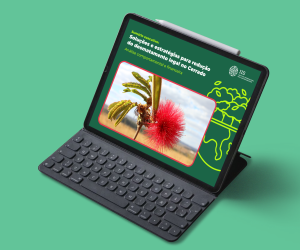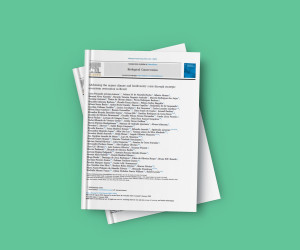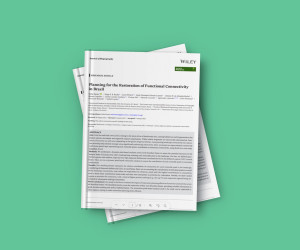Publications > Article
Issues with species occurrence data and their impact on extinction risk assessments
Species extinction risk status is critical to support conservation actions. However, full assessments published on the Red List are slow and resource intensive. To tackle assessments for mega-diverse groups, gains can be made through preliminary assessments that can help prioritize efforts toward full assessments.
In this article, it is quantified how incomplete data collection and errors in the taxonomic, spatial and temporal dimensions of species-occurrence data translate into misclassifications of extinction risk. Using a dataset of more than 30 million records of terrestrial plants occurring in Brazil compiled from nine databases, preliminary risk assessments were made to about 94% of the 6,046 species evaluated by the Brazilian Red List authority.
The results demonstrate that species’ preliminary risk assessments have high accuracy in identifying non-threatened species, even when data collection is low and in the presence of issues in species occurrence data highlighting that such an approach can be used to efficiently prioritize species for full Red List assessments. In addition, caution is needed before declaring a species as threatened without considering data collation intensity and quality.









